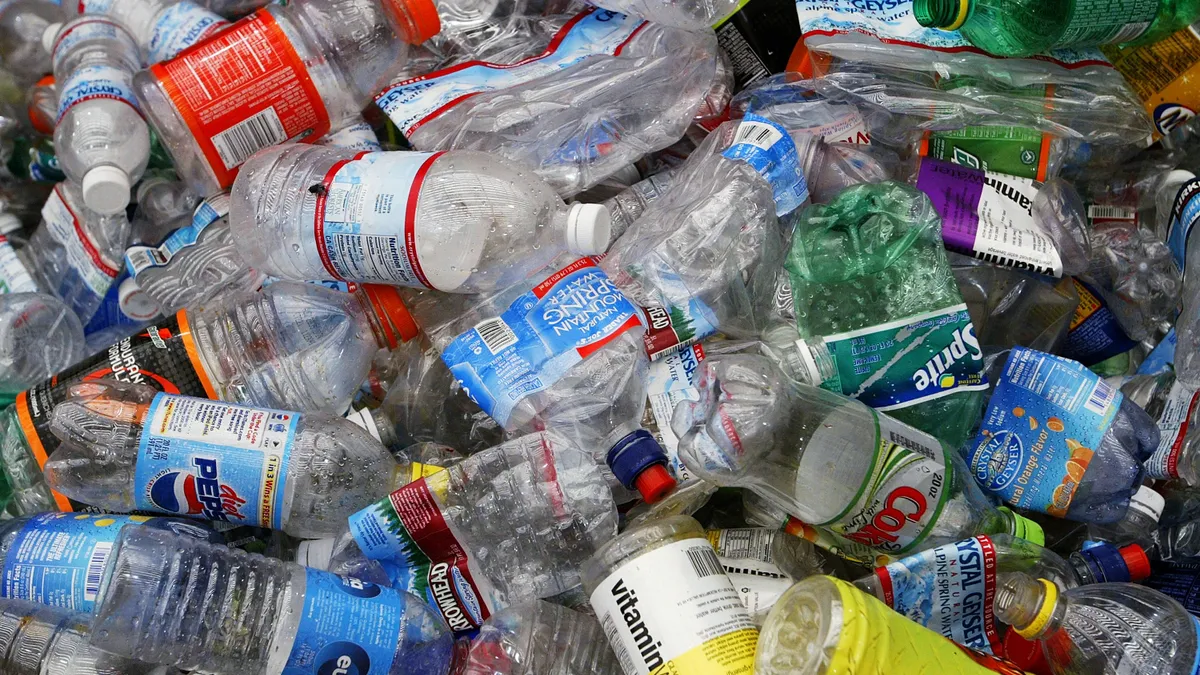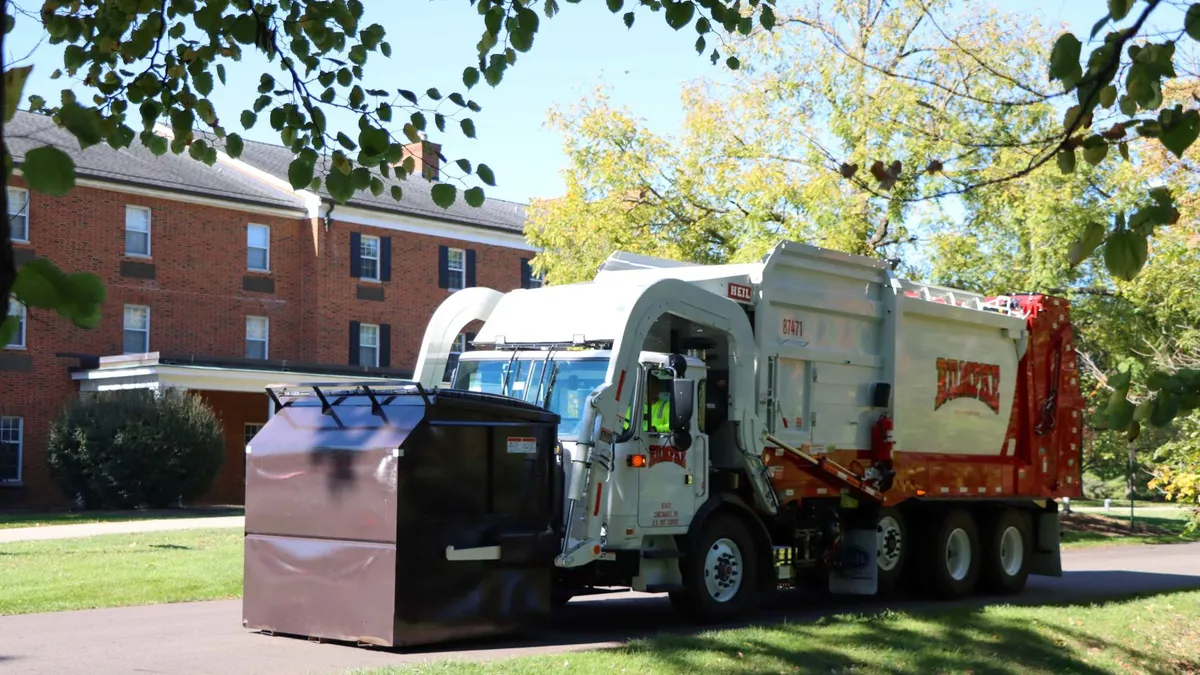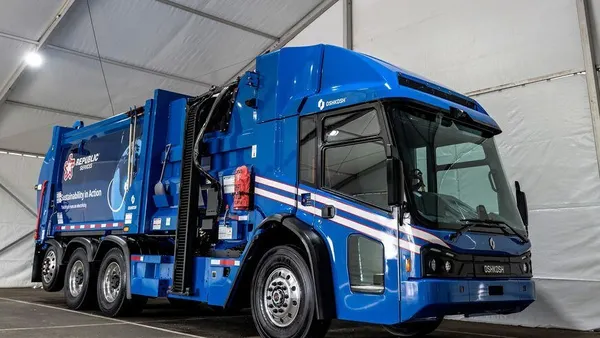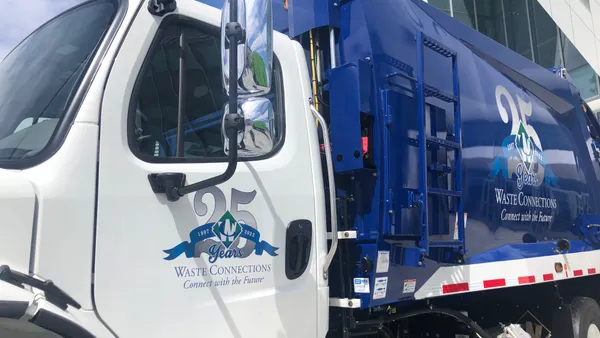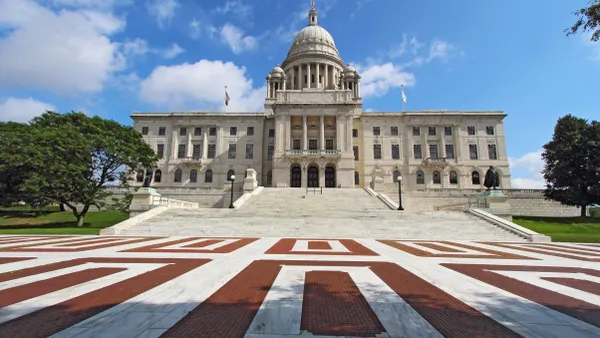Dive summary:
- Matt Hirota, the waste reduction and recycling coordinator at the University of California, Merced, has spent the last year studying his coworkers at a weekly staff party trying to figure out how to change peoples recycling habits.
- Hirota spent the first Friday of every month at the same staff event experimenting with different recycling signs to see what gets people to think twice about throwing something in the garbage and what gets ignored.
- Hirota tried everything from signs with just symbols to physically standing by the trash cans with signs showing pictures of what goes where, to setting up video cameras which surprisingly made people separate trash and recycling more poorly.
- Hirota found the most effective solution was to use validating messages to encourage thinking about recycling even after the decision on where to throw the trash had been made.
From the article:
"Even when people are holding the exact same cup that's in their hand and there's a picture in front of them with the exact same cup, they can't do it," he said. "They put it in the wrong container."
With the photo signs, staff members were able to correctly sort 89% of recyclables, 93% of compost and 84% of trash.
In the third condition, Hirota positioned a video camera above the waste station, along with a sign that read "Smile, you're on camera," and surprisingly, it reduced correct sorting by approximately 5% in each category. ...




